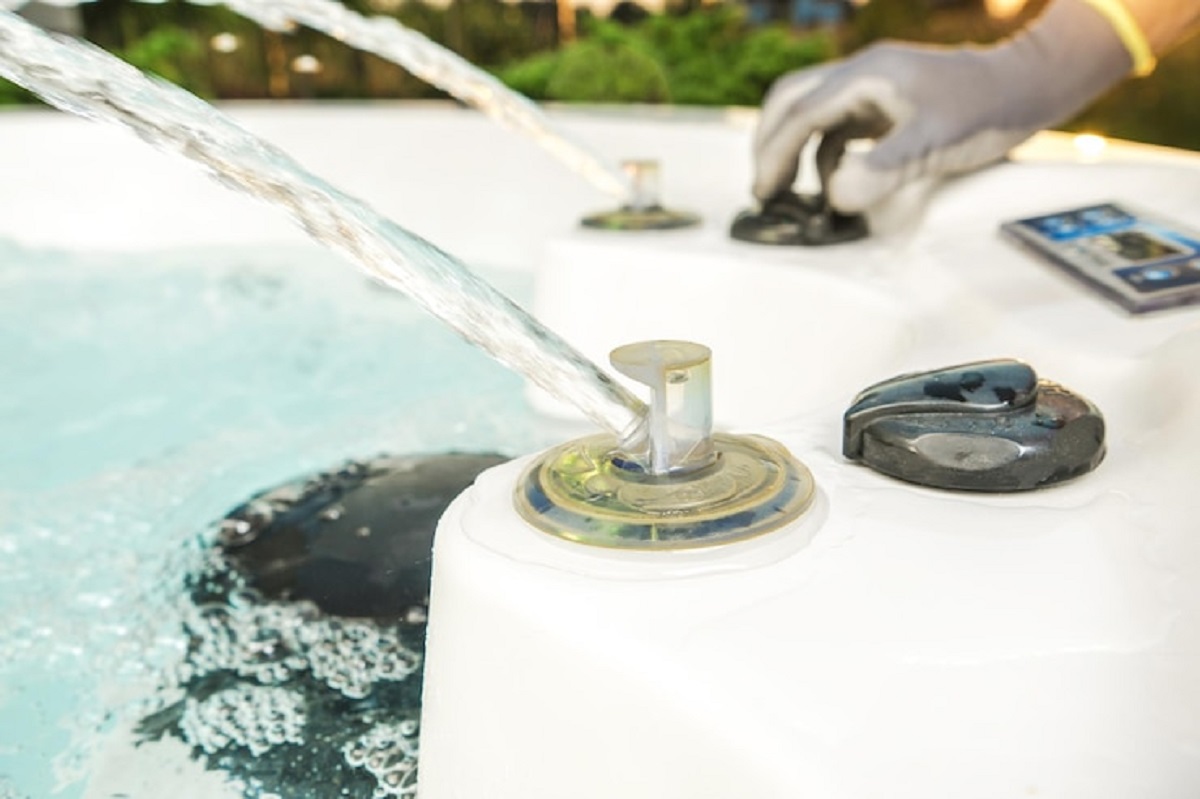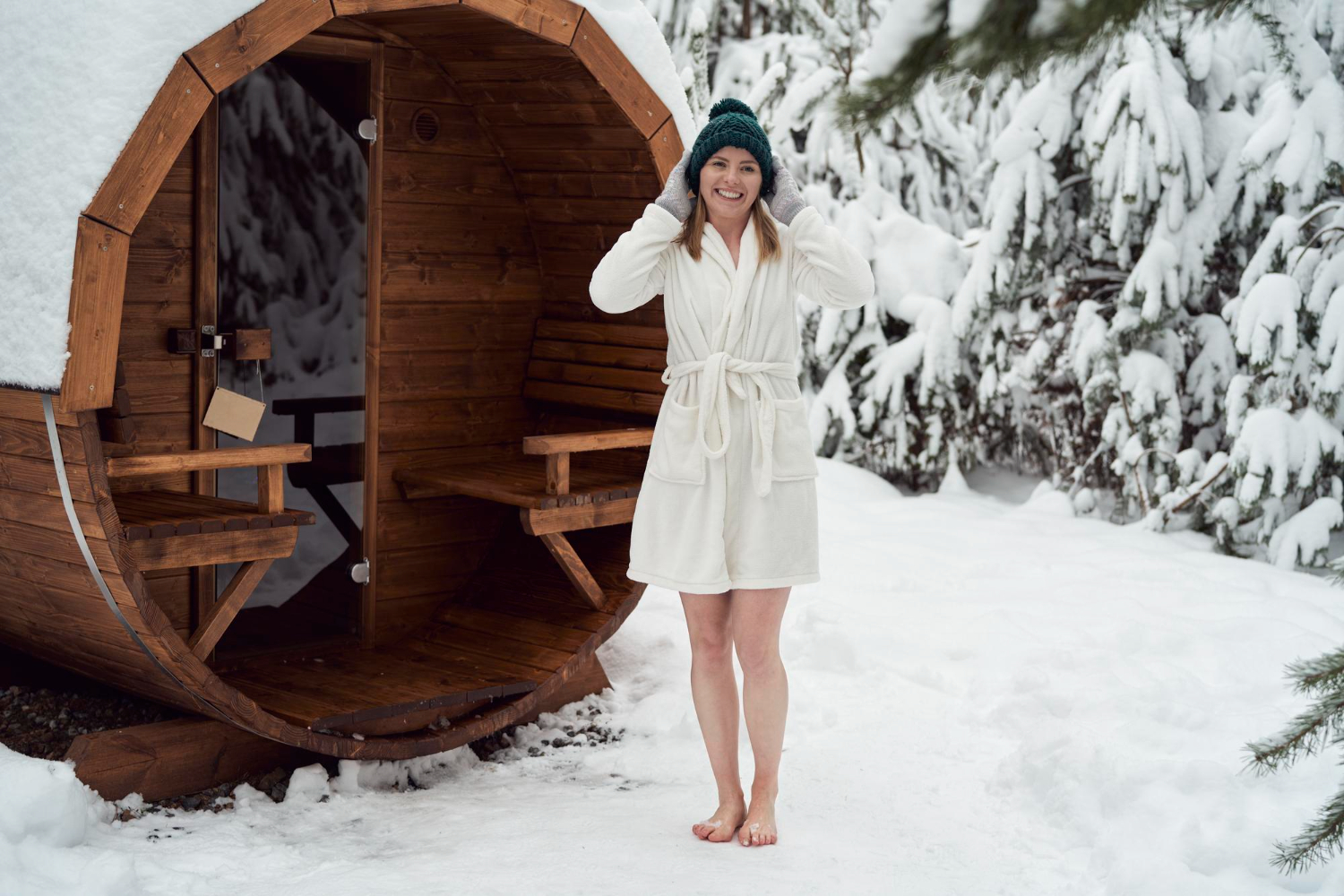In today’s world, we’re all looking for ways to reduce our environmental footprint while continuing to enjoy the comforts and luxuries life offers. As we embrace more sustainable practices in our daily routines, one area we’ve identified where significant energy savings can be achieved is within our relaxation rituals—specifically through energy-efficient hot tubs. The advantages of opting for an energy-efficient hot tub extend far beyond just saving on the electricity bill; they also offer a smarter, more sustainable way to unwind in the comfort and privacy of our own backyards.
Energy efficiency in hot tubs is not only about embracing modern technology but also about smart usage and understanding what features to look for. These spas are specially designed to minimize power consumption while maximizing thermal retention and operational efficiency. Whether relaxing after a long day or hosting friends and family in the comfort of our homes, knowing that our pleasure isn’t costing the earth brings an added layer of relaxation.
The shift towards energy-efficient models is rapidly becoming a priority for many homeowners. By exploring the implications of energy-efficient hot tubs, including their design and operational features, we aim to provide an informative perspective on how these models not only lead to cost savings but also enhance the spa experience. From their construction to the technologies they employ, energy-efficient hot tubs represent a thoughtful investment in both personal well-being and environmental responsibility.
Understanding Energy Efficiency in Hot Tubs
When we talk about energy efficiency in hot tubs, we’re referring to how well these units use electricity to heat water and maintain temperature without wasting energy. It’s crucial for us to understand that not all hot tubs are created equal in this aspect. Energy-efficient hot tubs are designed to minimize heat loss, which is a common issue with less advanced models. This heat loss leads to higher energy consumption as the hot tub works harder to keep the water warm.
This increased efficiency primarily comes from better insulation, high-quality covers, and more efficient heating and pumping systems. For instance, a well-insulated hot tub with a tight-fitting cover keeps heat from escaping, ensuring that the water stays at the desired temperature with minimal energy use. Also, modern energy-efficient hot tubs often incorporate variable-speed pumps that adjust energy use based on need, which significantly reduces electricity consumption compared to older single-speed pumps.
Key Features That Make Hot Tubs Energy-Efficient
In our quest to provide products that allow you to enjoy our yards while being mindful of energy consumption and costs, certain features stand out that make hot tubs energy-efficient:
- High-Quality Insulation: Effective insulation in the shell and cabinet of a hot tub is vital. It acts like a thermos, keeping the heat in and the cold out. This means the heating system uses less energy to maintain water temperature.
- Premium Spa Covers: A heavy, well-sealed cover is crucial for energy conservation. It prevents heat loss when the hot tub is not in use, reducing the need for constant reheating.
- Energy-Efficient Pumps and Heaters: The engines of a hot tub, these components are critical in determining overall energy use. The latest models include pumps and heaters that operate more efficiently, consuming less power while providing the necessary water circulation and heat.
- LED Lighting: Instead of traditional incandescent bulbs, energy-efficient hot tubs use LED lighting systems. LEDs require significantly less electricity and have a longer lifespan, providing beautiful ambiance without a high energy cost.
- Water Care Systems: Advanced water care systems like ozonators use less chemical and reduce the need for pumps to run frequently, which further conserves energy.
By focusing on these key features, we ensure that our hot tubs not only provide the ultimate relaxation experience but also keep operating costs low and help you save money in the long term. Each design element is carefully considered to provide maximum energy savings without sacrificing performance.
Tips for Maximizing Energy Savings with Your Hot Tub
To ensure you’re making the most of your energy-efficient hot tub and truly optimizing for cost-effectiveness, we suggest following these practical tips that have proven to make a significant difference in energy consumption:
- Regularly Check and Replace Filters: Keeping filters clean is essential for maintaining water clarity and reducing the strain on the hot tub’s pump and heater. A clogged or dirty filter makes these systems work harder, thus consuming more energy.
- Maintain Water Chemistry: Balanced water chemistry not only extends the lifespan of the hot tub but also reduces the need for the filtration and heating systems to be in constant operation. Use test strips weekly and adjust chemicals accordingly to maintain the appropriate levels.
- Use a Thermal Blanket: Underneath your hot tub cover, a floating thermal blanket can add an additional layer of insulation and further reduce heat loss. This inexpensive addition helps keep the heat in, thereby requiring less energy for heating.
- Optimize Temperature Settings: Consider lowering the hot tub’s temperature during times of non-use. Even a reduction of a few degrees can lead to substantial energy savings over time.
- Schedule Maintenance Checks: Regular professional inspections ensure that all components are functioning efficiently and catch potential issues before they become major energy wasters.
By implementing these strategies, you can complement the built-in energy-efficient features of your hot tub and enjoy even greater savings and sustained peak performance.
Comparing Energy Consumption: Traditional vs. Energy-Efficient Hot Tubs
Drawing distinctions between traditional and energy-efficient hot tubs in terms of their energy consumption will elucidate why choosing the latter is not only an environmentally conscious decision but also financially wise. Traditional hot tubs typically operate with continuous heat systems and lack advanced technologies that prevent heat loss, leading to higher electricity usage.
Energy-efficient hot tubs, on the other hand, are equipped with features like superior insulation, programmable thermostats, and low-energy pumps that significantly reduce necessary power. These innovations lead to a marked decrease in electrical demand without compromising the warmth and relaxation offered by the spa experience.
For instance, the use of an energy-efficient heater coupled with a high-quality cover can halve the energy cost associated with maintaining water temperature. Moreover, smart water care systems minimize the need for pumps to operate continuously, thereby conserving even more energy.
Embrace the Efficient Soothing Waters
Embracing an energy-efficient hot tub means making a commitment to both personal wellness and ecological responsibility. Through the strategic features and regular upkeep of these hot tubs, we not only ensure a sustainable approach to relaxation but also contribute to a larger goal of energy conservation. As we move forward, let’s continue to prioritize products that support our well-being while respecting our planet’s resources.
By choosing a hot tub from our selection, you’re not just investing in countless hours of relaxation; you’re also supporting a sustainable practice that benefits the environment and your finances. Explore Backyard Canada today and let us help you find the perfect energy-efficient hot tubs in Calgary tailored to your lifestyle needs and preferences.

 Cart is empty
Cart is empty 

